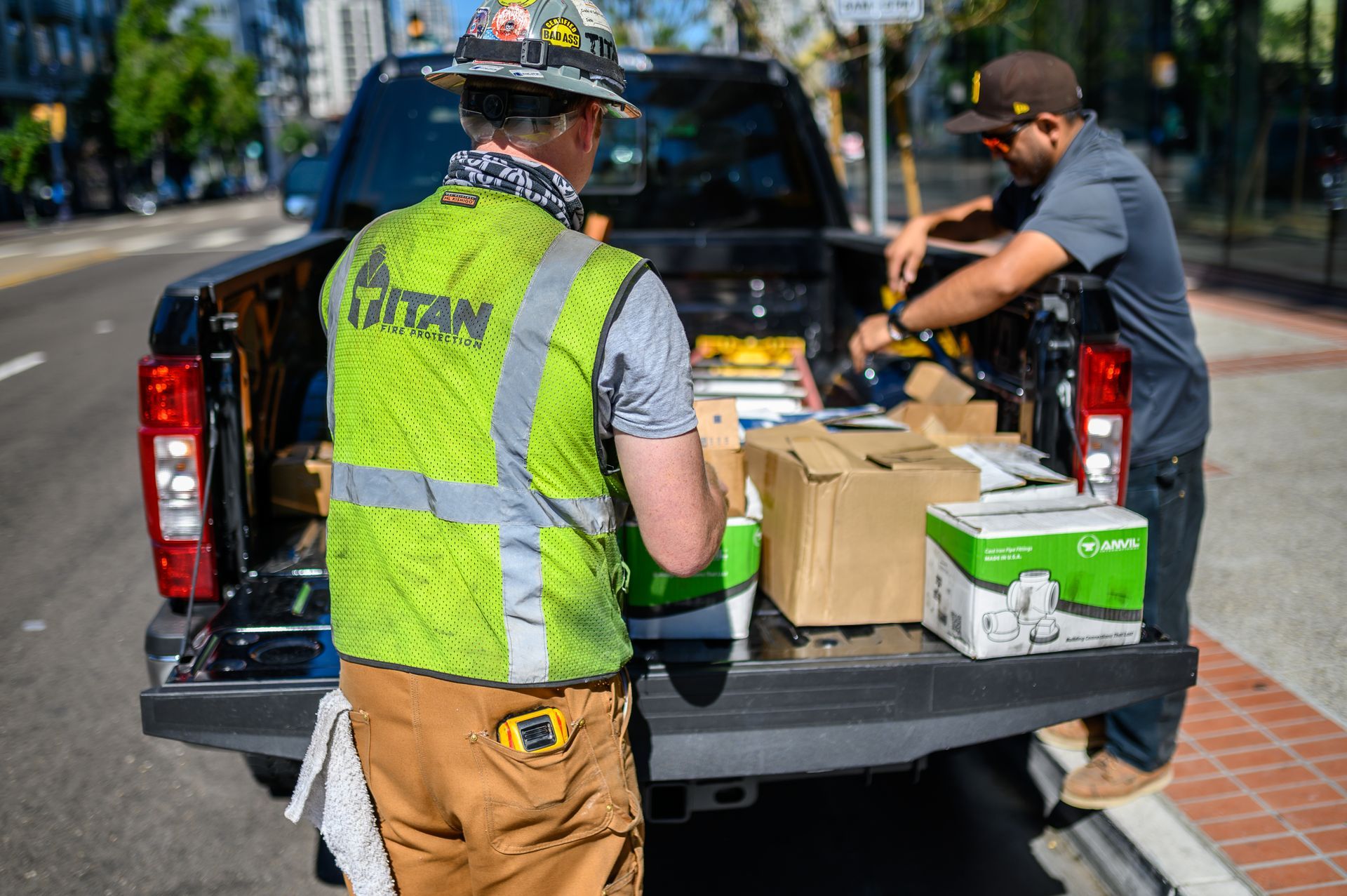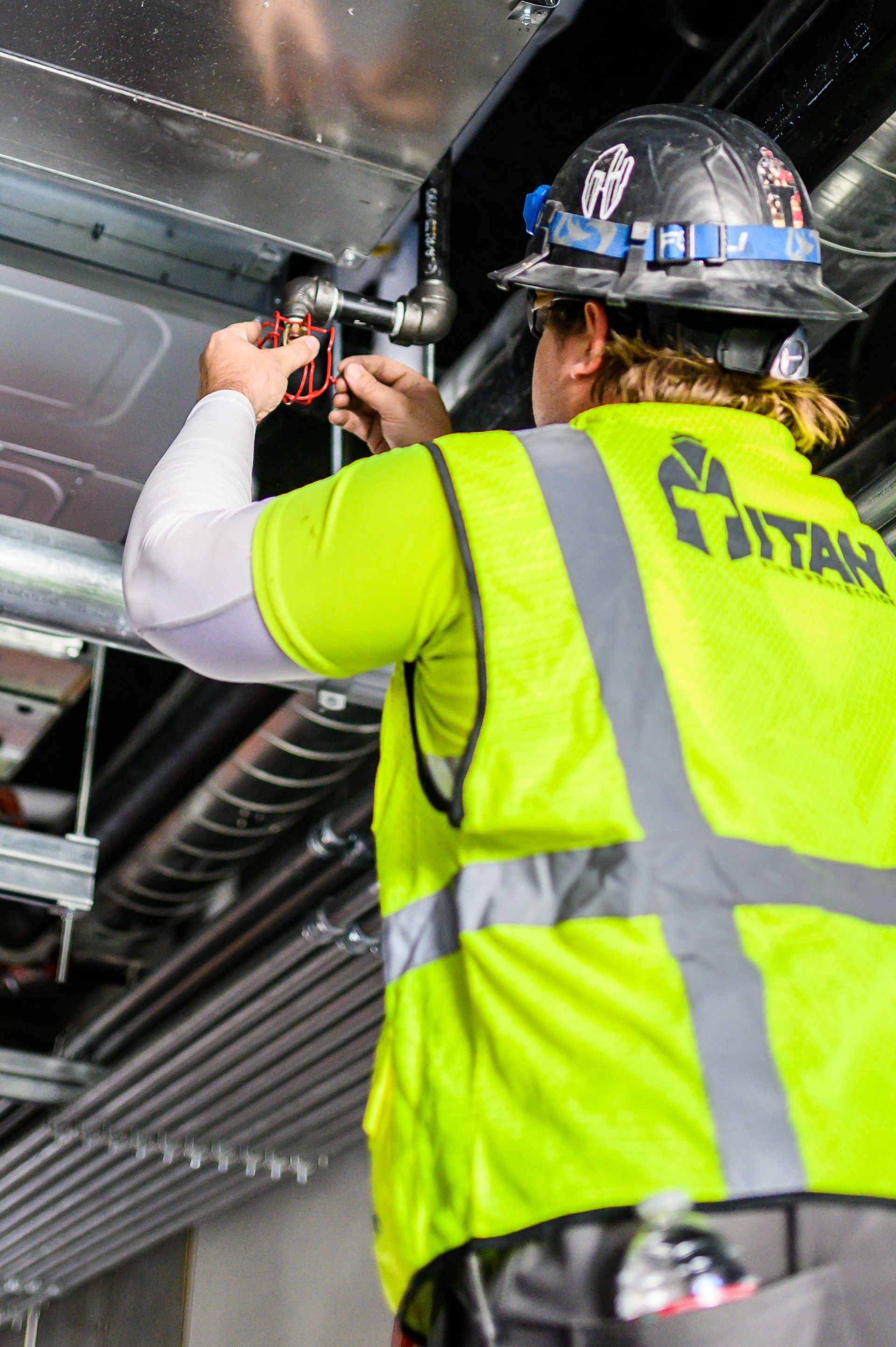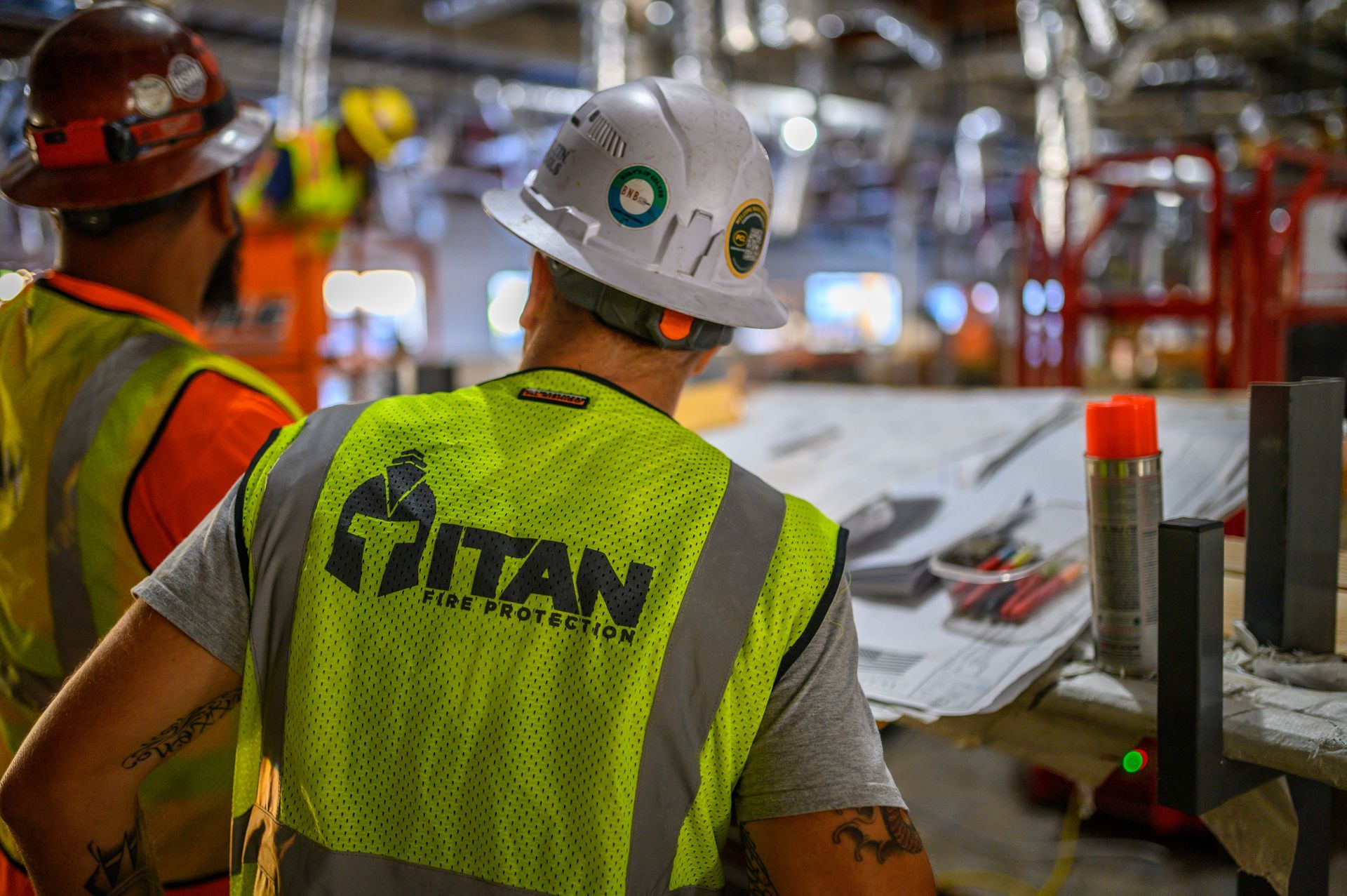Fire Sprinkler 101: How These Life-Saving Systems Work
Fire sprinkler systems are one of the most effective fire protection solutions available, playing a critical role in saving lives and minimizing property damage. Whether installed in commercial buildings, industrial facilities, or residential homes, these systems provide an essential layer of safety by automatically detecting and suppressing fires before they spread. We’ll explore the basics of fire sprinkler systems, how they work, and why they are a crucial investment for fire protection.
How Fire Sprinkler Systems Work
Fire sprinkler systems are designed to respond quickly to a fire, activating only in areas where heat triggers them. Here’s how the process works:
- Heat Detection: Each sprinkler head is equipped with a heat-sensitive element, usually a glass bulb filled with a liquid that expands when exposed to high temperatures. The bulb bursts once the temperature reaches a specific threshold (typically 135°F-165°F), triggering the sprinkler head.
- Water Discharge: When the sprinkler head activates, water is immediately released to suppress the fire. Unlike what is commonly seen in movies, only the sprinkler heads closest to the fire activate, rather than the entire system.
- Fire Suppression: The discharged water rapidly cools and extinguishes the fire, preventing it from spreading to other areas. The system is designed to control fires efficiently while minimizing water damage.
- Alarm Notification: Many fire sprinkler systems are integrated with fire alarm systems that notify building occupants and emergency responders when activated.
Types of Fire Sprinkler Systems
Different environments require different fire sprinkler systems to combat fire hazards effectively. Here are the most common types:
- Wet Pipe Sprinkler System: The most common type, these systems keep water in the pipes at all times, allowing for an immediate response when a sprinkler head is triggered.
- Dry Pipe Sprinkler System: Designed for areas prone to freezing, these systems use pressurized air or nitrogen in the pipes instead of water. The air is released when activated, allowing water to flow through the pipes.
- Pre-Action Sprinkler System: Typically used in environments with sensitive equipment, such as data centers and museums, these systems require two triggers before water is released to prevent accidental activation.
- Deluge Sprinkler System: Used in high-risk areas such as chemical plants and aircraft hangars, these systems release water from all sprinkler heads when activated.
Benefits of Fire Sprinkler Systems
Investing in a fire sprinkler system provides several advantages, including:
- Life Safety: Fire sprinklers significantly reduce the risk of fatalities by controlling fires before they can spread.
- Property Protection: These systems help minimize structural damage and financial losses by suppressing fires quickly.
- Automatic Operation: Unlike manual firefighting measures, fire sprinklers activate automatically, ensuring an immediate response to fire incidents.
- Compliance with Fire Codes: Many local and national fire codes require fire sprinkler installations in commercial and residential properties to enhance safety.
- Lower Insurance Costs: Many insurance companies offer discounts to properties with fire sprinkler systems, recognizing their effectiveness in reducing fire damage.
Final Thoughts
Fire sprinkler systems are an invaluable component of any fire safety plan. Their ability to detect, control, and suppress fires makes them one of the most effective fire protection measures. If you’re considering installing a fire sprinkler system or need maintenance for your existing system, Titan Fire Protection is here to help. Contact us today to learn how we can enhance your fire safety measures and ensure compliance with fire protection standards.





